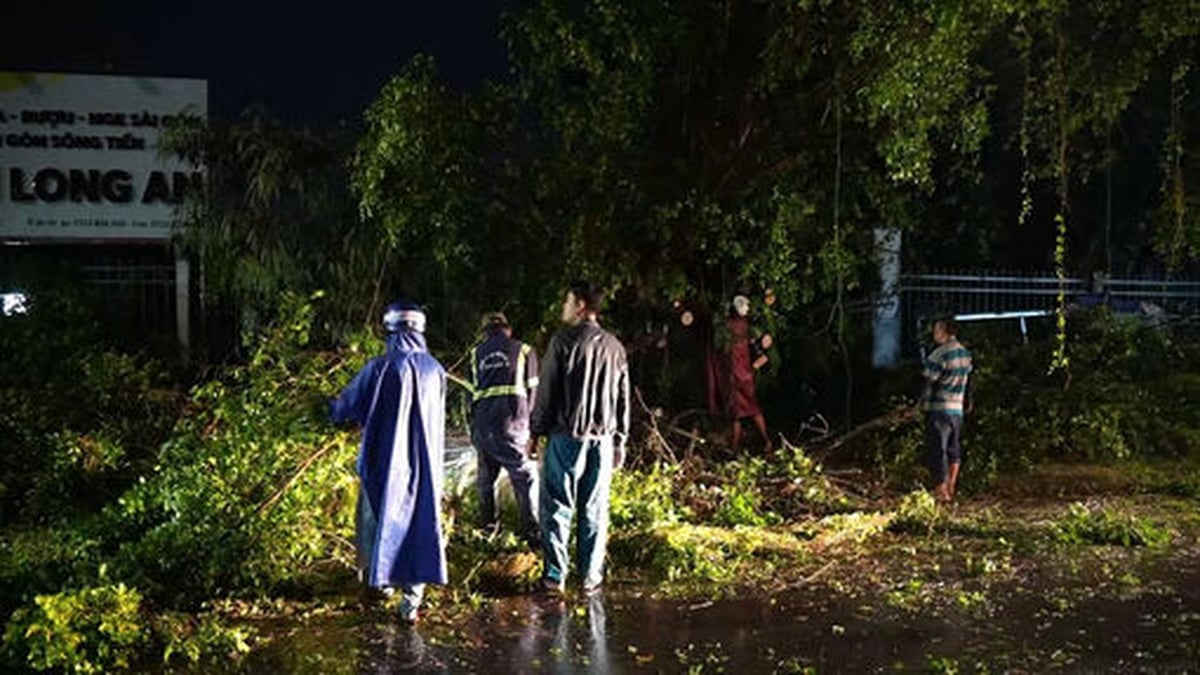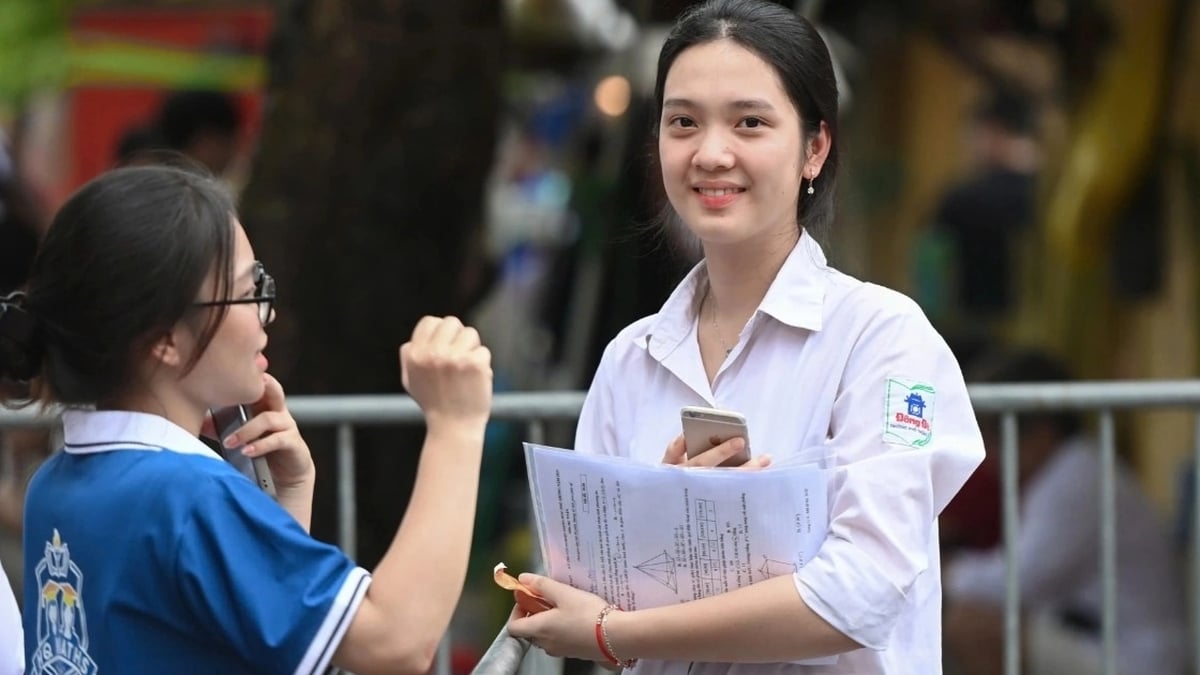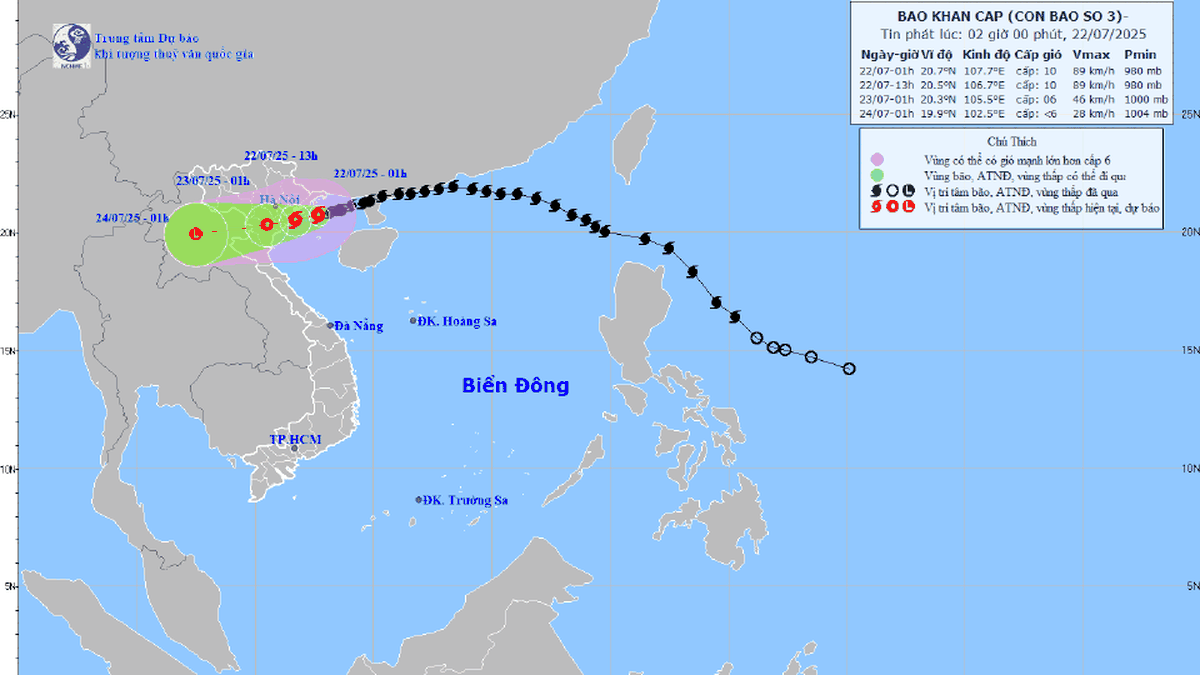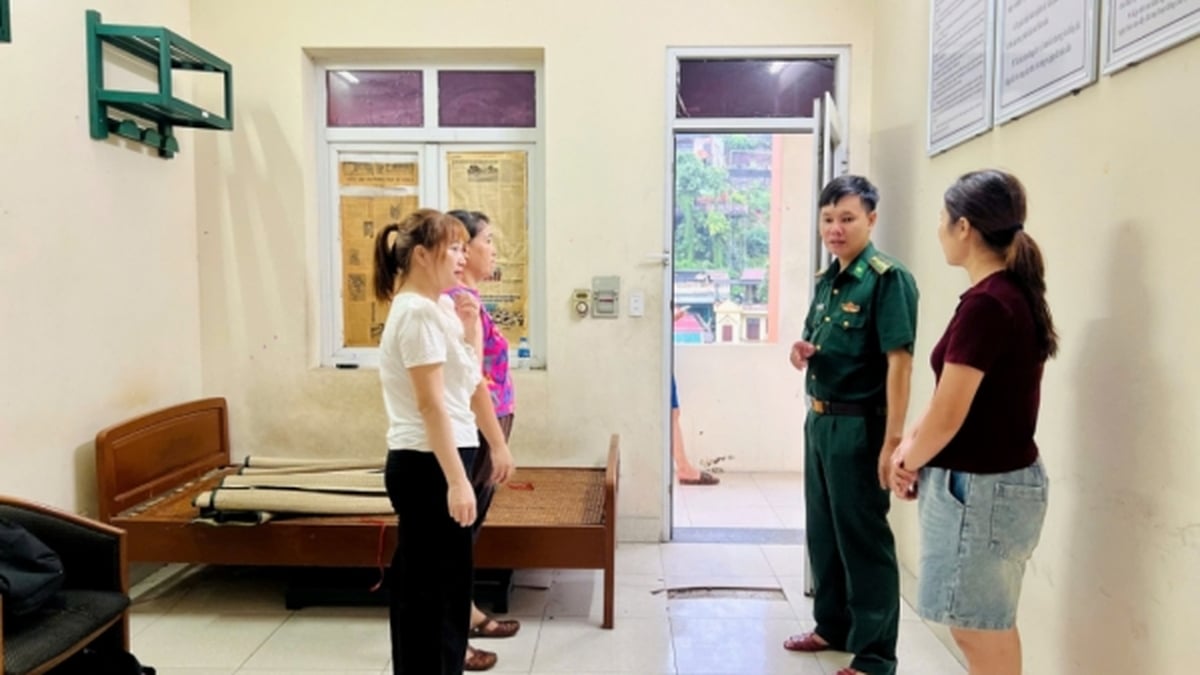The South Korean government recently announced a plan to attract 20 million foreign tourists , aiming to reach a revenue of 24.5 billion USD in 2024. In particular, South Korea will exempt group visas for tourists and introduce two new types of visas including the Korean cultural visa and the "workcation" visa (both working and vacationing).
Previously, South Korea also applied a temporary visa exemption policy for Chinese tourist groups from September to December 2023. The visa-free group in the new strategy will include tourists from Vietnam, Indonesia and the Philippines. The visa application period will be extended until next year.

South Korea is implementing policies to stimulate the recovery of the tourism industry. (Photo: Yonhap)
Next, the Korean cultural visa will be for foreigners who are interested in Korea and want to learn about the country's entertainment industry. Meanwhile, the "workcation" visa will allow visitors to stay in Korea for one to two years while maintaining their jobs back home, aiming to promote a work-vacation culture, which refers to a system that combines remote work with travel.
The South Korean government said it will also make it easier for foreigners to shop and travel. Foreign mobile payment systems are expected to be introduced at stores, allowing visitors to use payment methods from their home countries.
At the same time, South Korea will develop a dedicated travel app for foreign tourists to book trains, buses and taxis, and develop an English version of the existing location service.
To address the labor shortage in the industry, the Korean government plans to introduce the E-9 immigrant worker visa for the hotel and resort industry.
The South Korean tourism industry has lost about a third of its workforce, falling from 276,000 to 197,000 between 2019 and 2022. Meanwhile, the industry's revenue has also dropped from 26.8 trillion won to 17.9 trillion won over the same period.
According to a survey by the Korean Culture and Tourism Institute, tourism accommodation businesses are still short of about 27% of their workforce.
Kong Anh (Source: koreatimes.co.kr)
Source




























![[Photo] National Assembly Chairman Tran Thanh Man visits Vietnamese Heroic Mother Ta Thi Tran](https://vphoto.vietnam.vn/thumb/1200x675/vietnam/resource/IMAGE/2025/7/20/765c0bd057dd44ad83ab89fe0255b783)








































































Comment (0)